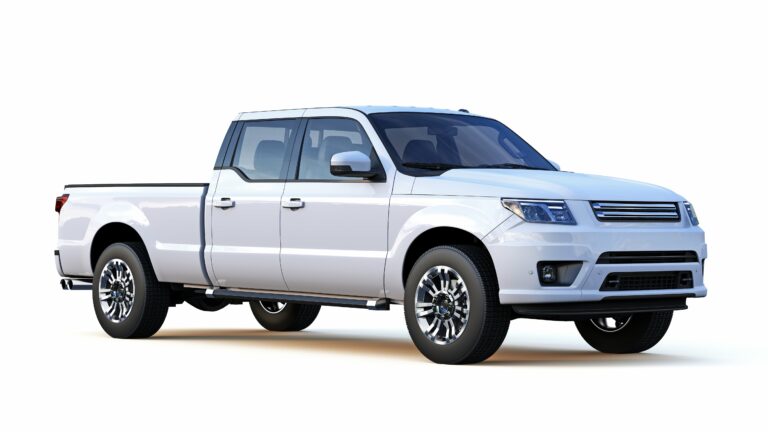Significant Tax Changes for Businesses Using Double Cab Pick-up Trucks
In April 2025, HMRC introduced a significant change in how double cab pick-up trucks (DCPUs) are classified for tax purposes, shifting most from ‘vans’ to ‘cars’. This change has direct implications for both Benefit in Kind (BIK) taxation and capital allowance claims for businesses and employees across the UK.
Previous Tax Rules for DCPUs
Prior to April 2025, DCPUs were classified as vans if they had a payload of one tonne (1,000kg) or more. This classification allowed businesses to claim more generous tax relief and offered employees a lower tax charge for private use. The tax rules for vans were more favorable, with a flat BIK rate regardless of the vehicle’s list price, fuel type, or CO2 emissions. For the 2024/25 tax year, the standard BIK charge for private use of a company van was £3,960, and £757 for private fuel use, resulting in an annual tax liability of just £792 for a basic rate taxpayer.

New Classification and Tax Implications
The new rules prioritize the design and function of the vehicle over its payload. As most DCPUs have four doors, two rows of seats, and can carry up to five passengers, HMRC now considers them better suited for transporting people than goods, thus classifying them as cars for tax purposes. This change affects capital allowance claims and BIK taxation.
Unlike vans, cars do not qualify for the Annual Investment Allowance (AIA), which previously allowed businesses to deduct the full cost of qualifying commercial vehicles from their profits in the year of purchase. Now, DCPUs must be depreciated using the writing down allowance system – either 18% or 6% per year, depending on the vehicle’s CO2 emissions. Most DCPUs emit more than 50g/km, meaning businesses can only claim 6% of the vehicle’s cost annually, leading to delayed tax relief.
The shift in BIK treatment is particularly significant for employees. Once classified as cars, a DCPU’s BIK value is calculated based on its list price and CO2 emissions. For example, a pick-up truck with a list price of £35,000 and emissions of 200g/km would fall into one of the highest BIK bands, typically 37%, creating a taxable benefit of £12,950. For a basic rate taxpayer, this translates to an annual tax bill of £2,590 – more than three times the amount under the old van rules. Employers also face higher National Insurance contributions on this benefit.
Transitional Relief and Exceptions
There is some relief in the form of transitional rules. Businesses that already own or lease DCPUs that were previously classified as vans may continue to be treated as such until the earlier of three dates: the disposal of the vehicle, the expiry of the lease, or April 5, 2029. This grace period allows businesses to evaluate alternatives and adjust their vehicle strategy.
It’s worth noting that not all pick-ups are affected. Single cab pick-ups, with only one row of seats and two doors, remain classified as vans if they meet the one tonne payload rule. These vehicles continue to be eligible for flat-rate BIK taxation and capital allowances under the van regime, making them a potentially more tax-efficient option for some businesses moving forward.
Businesses and employees must understand these changes to navigate the new tax landscape effectively. The advice provided by tax professionals can help in making informed decisions about vehicle choices and tax planning strategies.



